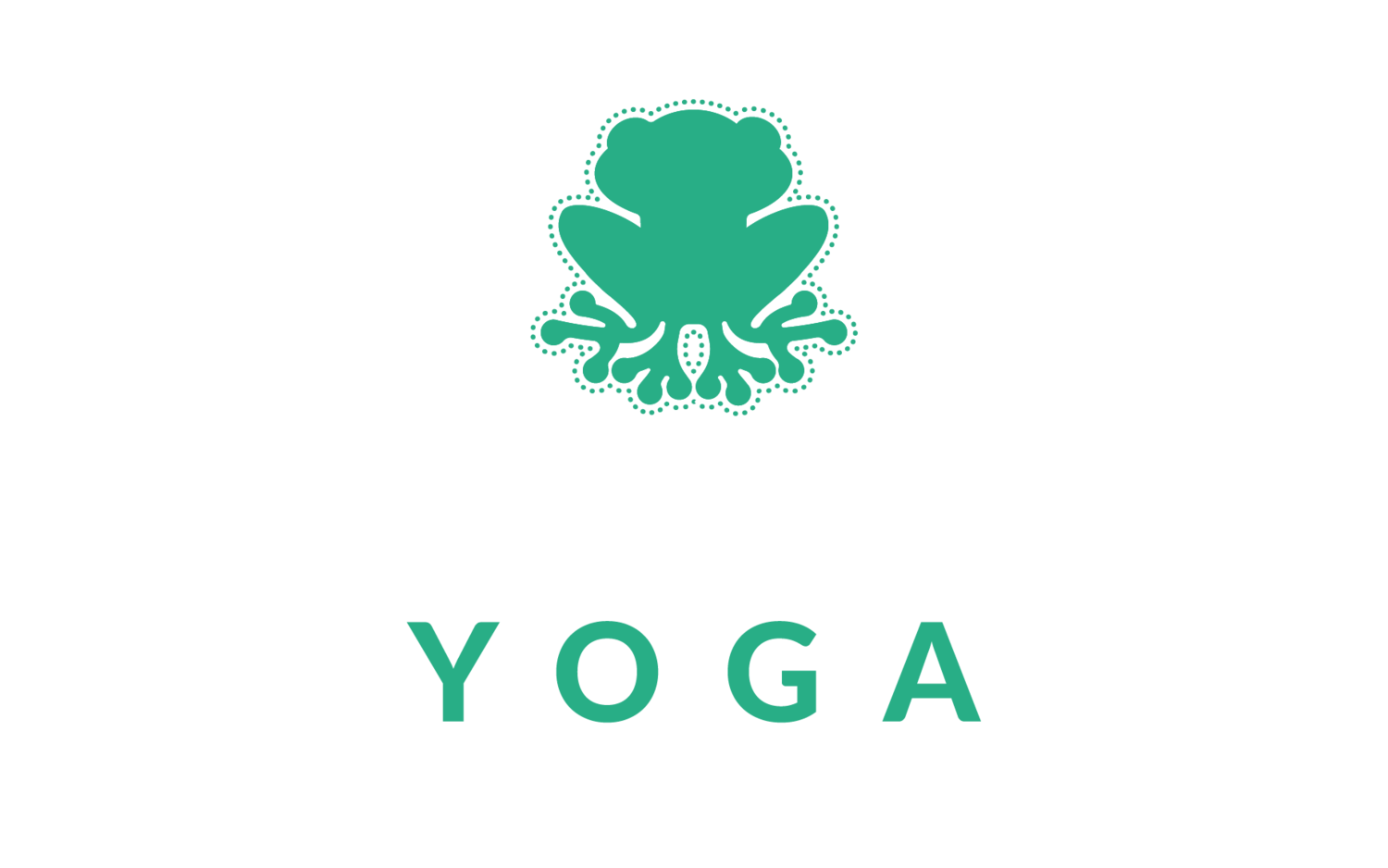Why do you have a bunion???
Isn’t that the question, let me guess, you think it’s a genetic thing cos one of your parents had them, and their parent did too….
Unfortunately (or fortunately) not…Daniel lieberman the Harvard paleo-anthropologist once coin the term dysevolution.
We seem to think evolution only works to further and better the species, but that’s just not true and dysevolution is the term used by liberman to frame the ways in which we as humans are becoming maladapted to the world we are creating around ourselves .
Bunions are one of these mismatched maladaptations….as we do
Less and less and become lazier and lazier (Wall è is like a crystal ball) the way in which we move becomes increasing compromised.
As children, we develop a series of patterns which should help us learn to move as fluidly and efficiently as possible but if we are stuck in baby bouncers or in trendy converse baby shoes and socks from a super young age these can be missed.
On top of this we begin to learn to walk by watching our parents who most like also walk like shit 🤷♂️🤣
So your mother and her bunion show you a way of walking which you copy and creates an environment in which you are more likely to develop one your self.
As you can see in the photo, a bunion is most often a joint which is overly open an never gets a chance to close.
Why does this matter? Well in each and every footstep all 26 bones and 33 joints of the foot should move between two different shapes in 3 planes of motion. If the big toe joint is stuck in an overly opened position it will have a knock on effect throughout the rest of the foot/ankle/leg, pelvis, spine, shoulders, neck and head.
When I see a bunion it tends to speak to me and tell me that the foot and leg it is part of really wants to be better at pronating itself. In pronation the foot should lengthen and spread wider. (In doing so the big toe should move in the same direction as a bunion.)
Because the toes are almost “open Chain” in that there is no more bones after them, they become the last line of defence for making the body work as efficiently possible.
So if the direction the toe has moved would happen in a pronation, we can see how the toe could be trying to drag the rest of the foot into length and widening by pulling in that “open chain”
So what to do??? Well of course we wanna put movement back into areas that have lost it. I have found on numerous occasions pain in the foot/ties has lessened solely through a quick mobilisation and asking the body to move towards a state in which those already long tissues get lengthen more and that triggers a signal to pull back (and in doing so closes the overly open toe joint?)
Once we start opening and closing previously stuck joints we will begin to “floss/lube” up those areas. Like taking wd40 to a rusty nut and bolt.
So that’s the key to bunions….lube 🤣🤣🤣…isn’t that the answer to so much In life 🤣🤣.
If you have a bunion and it’s causing you issues, why not hit me up and let’s get lubing them there feet up 🙌🏻🙌🏻 I work in person from my studio in suffolk or online with many from around the world. Book or email using the link below
www.mandukyayoga.as.me/121
Wibbs@mandukyayoga.com














